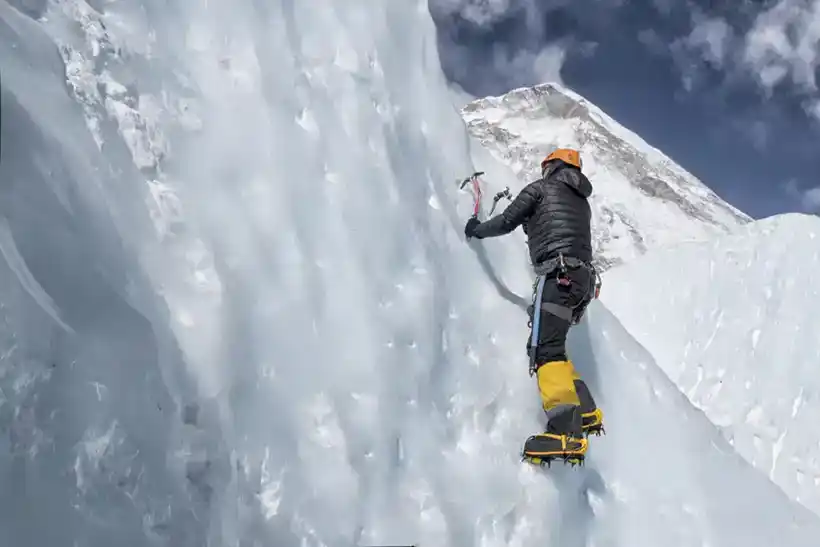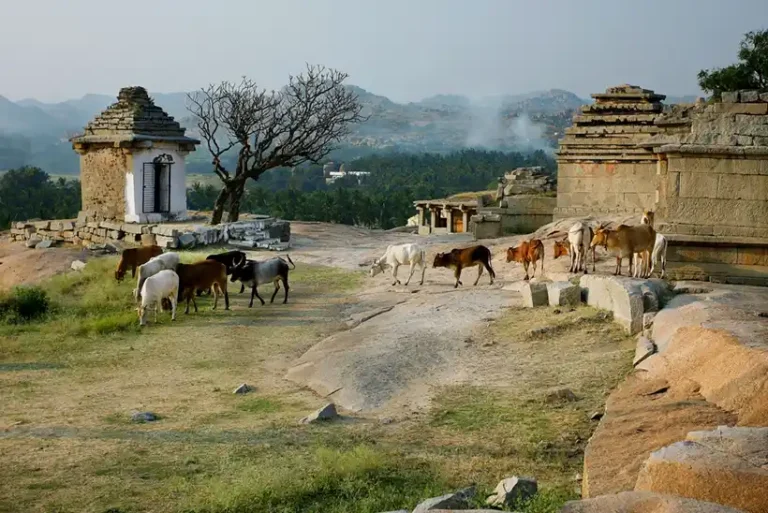
Exploring the most dangerous places on Earth can be an exciting adventure for thrill-seekers and adventurers. These places, including treacherous mountains, remote islands, and mysterious zones, have significant risks for those who dare to visit. In this listicle, we will explore eight of these perilous locations, where natural hazards, extreme conditions, or human-made disasters make them incredibly remarkable and terrifying. Get ready for an adrenaline-filled journey!
1. Mount Everest and The Death Zone on Mount Everest, Nepal

Mount Everest, the highest peak on Earth, entices mountaineers with its majestic beauty. However, ascending its treacherous slopes can be a deadly pursuit. The Death Zone, located above 26,000 feet (7,925 meters), poses extreme risks due to low oxygen levels and extreme weather conditions. Mount Everest is one of the most dangerous places on Earth due to the high number of deaths that occur here each year. The main causes of these fatalities include altitude sickness, hypothermia, and avalanches.
The first successful summit of Mount Everest
The iconic journey to conquer Mount Everest began with a historic expedition led by Sir Edmund Hillary and Tenzing Norgay. On May 29, 1953, this legendary duo became the first confirmed climbers to reach the summit of Everest, standing at a breathtaking elevation of 29,029 feet (8,848 meters) above sea level. Their extraordinary achievement marked a milestone in mountaineering history, inspiring generations of adventurers to pursue their dreams and test the limits of human endurance.
Sir Edmund Hillary, a New Zealand mountaineer, and Tenzing Norgay, a Nepalese Sherpa climber, formed an exceptional partnership as they undertook the monumental challenge of ascending Everest. Their combined expertise, resilience, and determination paved the way for their success. With sheer determination and unwavering commitment, Hillary and Norgay braved the treacherous terrain, unpredictable weather, and extreme altitudes to etch their names in the annals of mountaineering history. Their triumphant feat set the stage for future expeditions and opened up the world of high-altitude climbing, forever cementing their status as trailblazers in the conquest of Mount Everest.
Deaths and injuries
Since climbers successfully summited Mount Everest for the first time in 1953, people have reported numerous deaths and injuries on the mountain. Over 310 people have tragically lost their lives in various accidents and incidents during Everest expeditions. These fatalities attributed to a range of factors, including avalanches, falls, altitude sickness, extreme weather conditions, and other mountaineering hazards. Additionally, many climbers have sustained injuries, such as frostbite, hypothermia, and respiratory issues, while attempting to conquer the formidable peak. Despite the risks, the allure of Everest continues to attract adventurers from around the world. Estimates suggest that thousands of people have embarked on Everest expeditions to date, with each individual seeking to challenge themselves and achieve the remarkable feat of reaching the summit.



